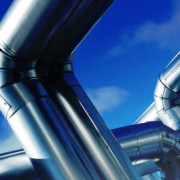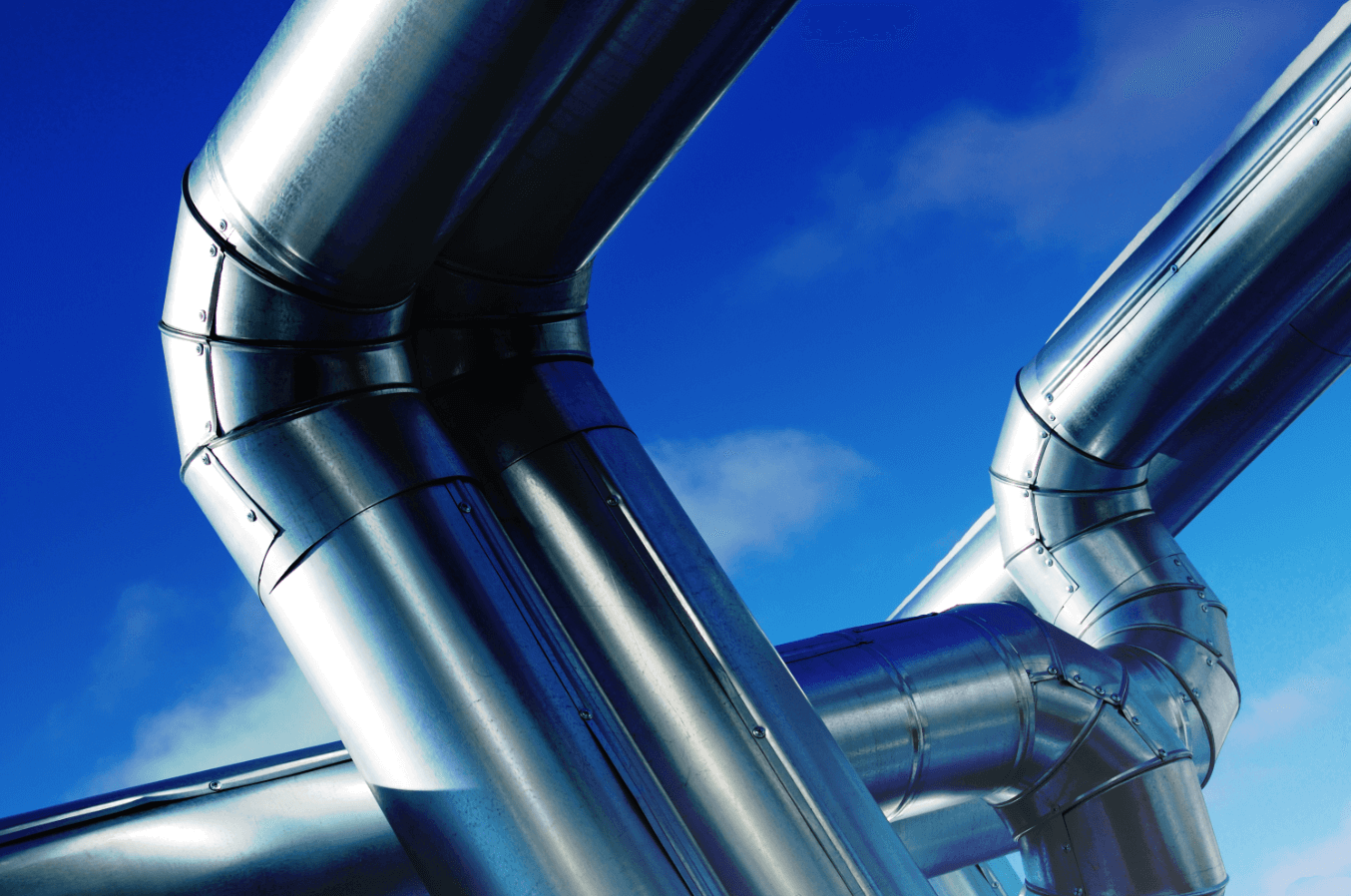
From the multi-year slump of $1.611/MMBtu hit on 04 March 2016, to the highs of $3.902/MMBtu reached on December 28, 2016, natural gas prices have come a long way. Natural gas is 2016’s best performer among major commodities.
However, the big question is – Will the rally continue and what should be the strategy of the natural gas traders in 2017?
Until about November, the underground storage in the lower 48 states consistently stayed above the 5-year maximum levels, indicating a supply glut.
However, in December, the weather turned colder than normal, leading to a large drawdown in gas stocks. In the last six weeks of 2016, the U.S. working gas stocks in underground storage declined by 687 billion cubic feet, the largest seasonal decline since 2013, said John Kemp of Reuters.
In their Natural Gas Weekly Update released on December 22, 2016, the EIA said that in the first three weeks of December the U.S. natural gas consumption averaged 92 billion cubic feet per day (Bcf/d), 21 percent higher than the previous year and 17 percent higher than the five-year average (2011-2015), according to data from PointLogic.
As temperatures fell in December the consumption of natural gas increased from 80 Bcf/d in the first week of December to 98 Bcf/d between December 8-21.
The EIA report said: “Triple-digit consumption days are generally rare in December. However, from December 15–21, natural gas consumption has averaged 103 Bcf/d and topped 100 Bcf during 4 out of 6 days”.
Latest weather report stems the rally
A week ago, the weather reports were forecasting extremely below-normal temperatures in parts of the Northwest and solidly below-normal temperatures in at least half of the country, however, the weather did a ‘U’ turn of sorts and the latest reports are forecasting higher-than-normal temperatures.
As a result, natural gas prices fell about 11.4 percent on January 3, 2017. Prices are now down close to 16.5 percent since touching the high on December 28, 2016.
So, is this the end of the rally or is this a buying opportunity?
Rig count on the rise
Along with the weather, the natural gas production is also a key factor in determining gas prices. In 2016, gas drilling rigs are up from a low of 81 in August to 132 at the end of the year. Along with it, the increase in oil-well drilling and the U.S. President elect’s supportive policy can also give a boost to natural gas production.
Hence, production in 2017 is likely to surprise on the upside compared to the previous year if prices remain supportive. The EIA forecasts natural gas marketed production to reach 79.94 Bcf/d) in 2017, an increase of 2.46 Bcf/d over 2016 and 1.166 Bcf/d above the 2015 level.
On the other hand, consumption is expected to rise to 75.96 Bcf/d in 2017, an increase of 0.74 Bcf/d over 2016 and 1.31 Bcf/d over 2015 levels.
Price forecast for 2017
The EIA expects natural gas prices to average $3.27/MMBtu in 2017 compared to the average of $2.49/MMBtu in 2016.
The World Bank and IMF, on the other hand, forecast natural gas to average $3/MMBtu in 2017.
The natural gas futures are rising within the uptrending channel. Two attempts to breakout of the channel have been unsuccessful; hence, we don’t see a sharp spike in prices in the near-term and expect the intraday highs of $3.90/MMBtu to be a major hurdle to cross.
Nonetheless, a drop to $2.8/MMBtu levels is a good opportunity to accumulate long positions for a target of $3.8/MMBtu. Traders should wait for dips to accumulate long positions, rather than buying the breakouts.
However, a lot will depend on the policy announcements from the President-elect Donald Trump, which will decide the trajectory of natural gas prices in 2017.

Scroll to top

 Fundamental factors to strengthen Pemex12 August, 2019
Fundamental factors to strengthen Pemex12 August, 2019 Offshore Project Development: The Road to First Oil26 July, 2019
Offshore Project Development: The Road to First Oil26 July, 2019
